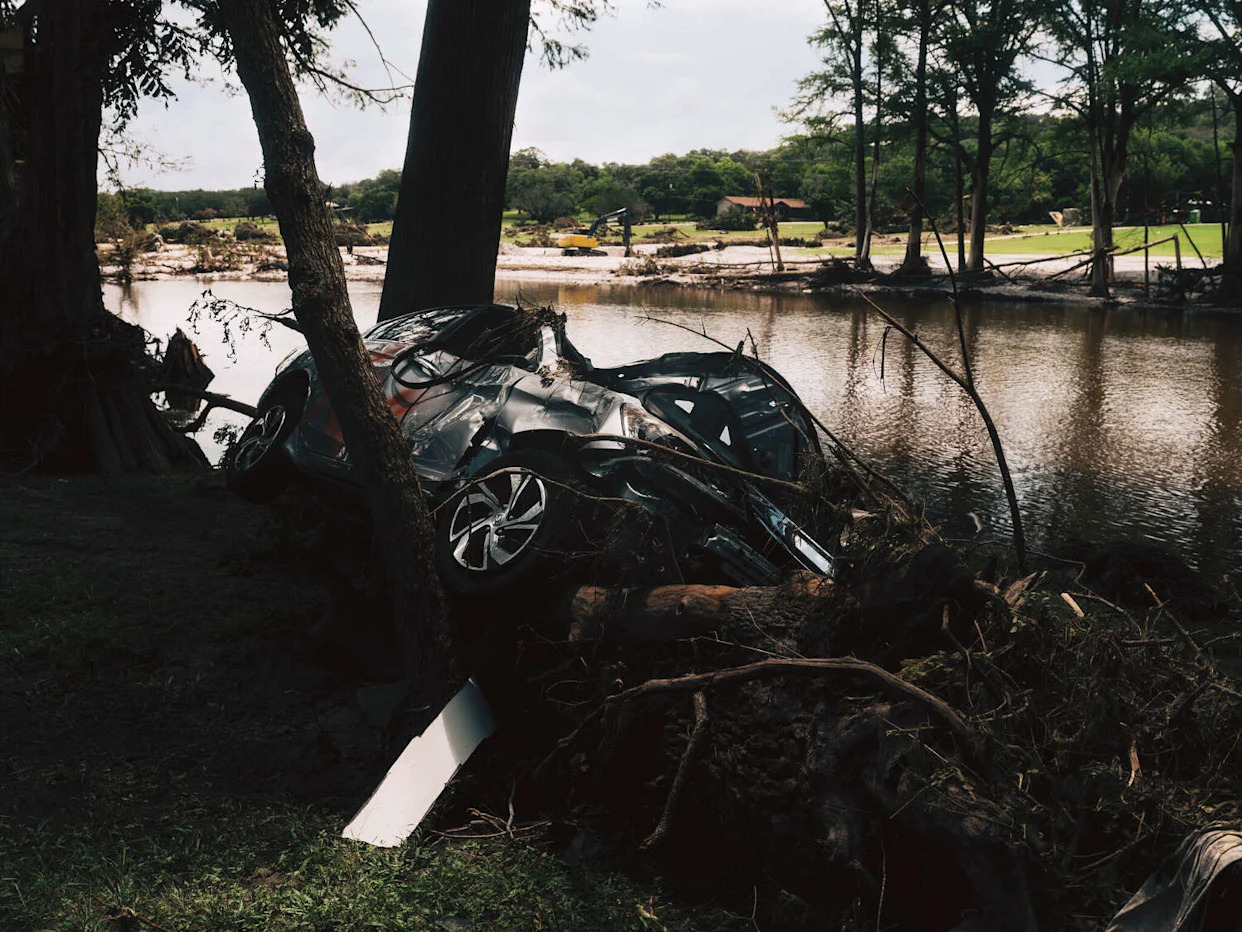
In the early morning hours of July 4, Texas Monthly Senior Editor Aaron Parsley was with six others — his father, husband, sister, brother-in-law, niece and nephew — when their family’s weekend home was lifted from its pillars and plunged into the Guadalupe River.
Parsley’s 20-month-old nephew, Clay Parisher, was lost in the floodwaters.
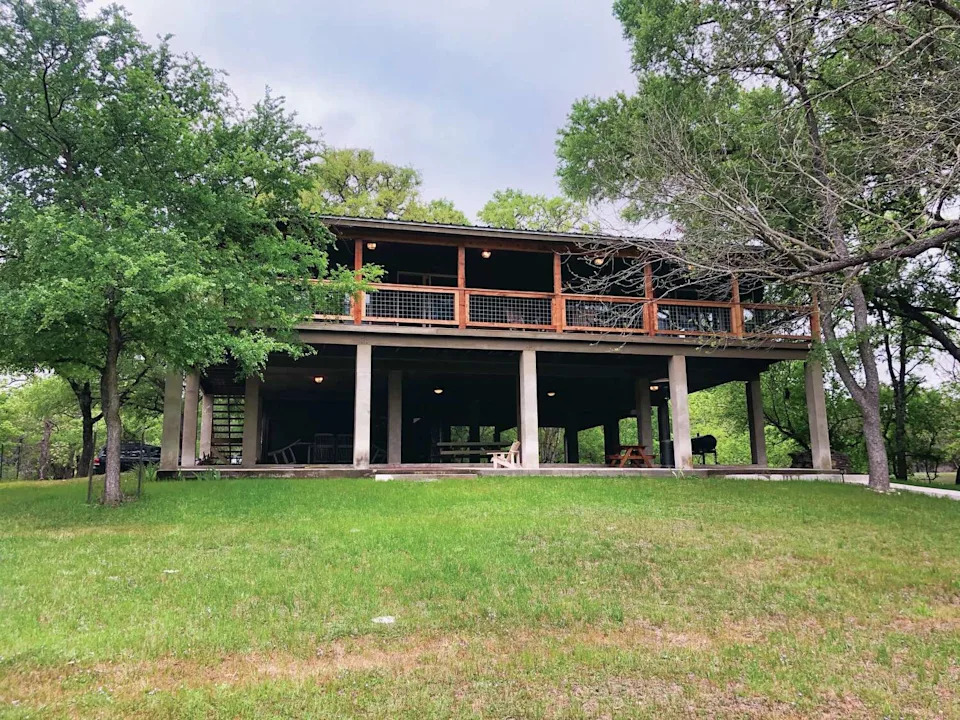
Less than a week later, Parsley wrote a deeply personal 4,500-word essay for Texas Monthly chronicling the family’s experience. His piece has been read by tens of thousands and widely shared on social media.
After an outpouring of support, the family started the Clay Parisher Legacy Fund hosted by the Austin Community Foundation.
Parsley agreed to discuss the piece in a recent interview with the American-Statesman. It was edited for clarity and brevity.
Q: So many people feel like they connected with you and connected with your story. I think a lot of people just want to know how you’re doing five weeks after this.
A: It's been hard. We miss Clay. There's a lot of love for this little boy, who's no longer here, and that's been really difficult. We miss his presence, we miss him running around, seeing him bond with his sister, holding him. But we're also grieving the little boy that he would become – the teenager, the young man, the adult. It's tough.
Q: Obviously, you went through this very traumatic horror on the morning of July 4. How did you then decide to translate that into a first-person essay for Texas Monthly?
A: The next morning I wrote an email to my editor-in-chief, Ross McCammon, an executive editor, Kathy Blackwell, and our director of editorial operations, Anna Walsh. I simply said, “I want to tell you what happened.” I summarized the events as best I could, but I also told them that I would like to be helpful in any way I can with Texas Monthly's coverage.
That was the first of many conversations that led me to write a story about what happened.
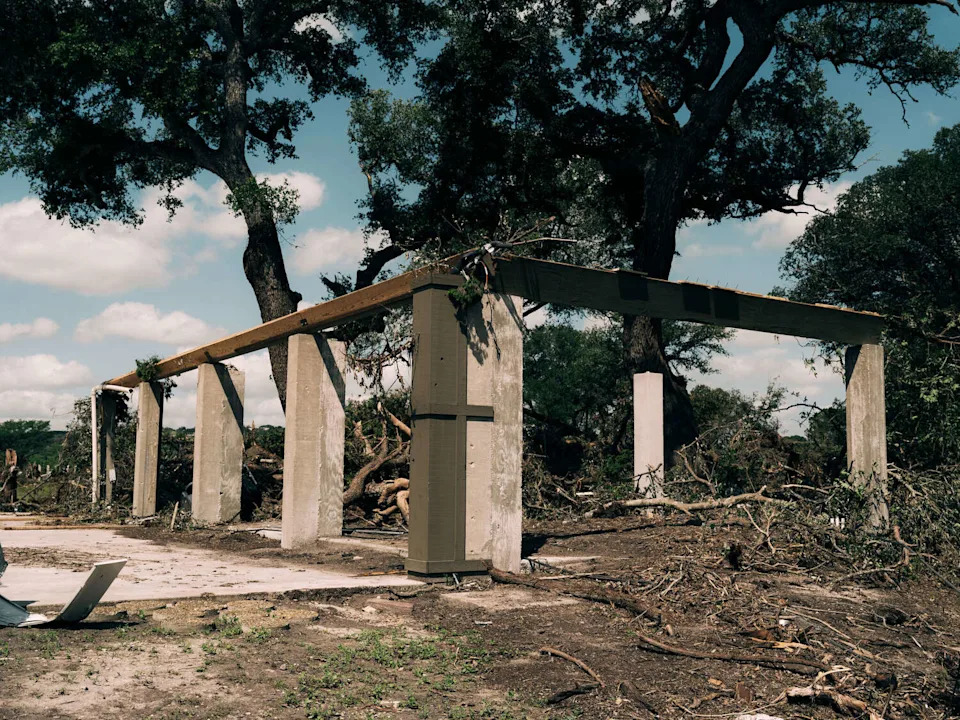
Q: Tell me about your process — how many days did you take, where did you do your writing?
A: I feel like I wrote this story powered by adrenaline. After that conversation with McCammon, I had dinner with Patrick, my husband, and we went to a movie. I went home, and I woke up in the middle of the night the next morning, which is pretty typical.
I usually wake up in the middle of the night, but this early morning I could not sleep. I was just thinking about what I wanted to say and what the story might look like, so I got up and started writing.
I told myself to remember what McCammon had said about just writing what happened, trying not to be the editor that I am who wants everything polished and perfect, but rather just putting into words the experience. I wrote through the morning, and talked to McCammon about 11 a.m.
I'd written all the way up until we were in the hospital. There was a section I wanted to write as if I were speaking directly to my niece Rosemary, and part of that was about the day before the flood and the nice time we had out there at the river.
Q: You all published within five or six days?
A: Yes, which is remarkable. It was the week we were closing the magazine, so we had a Thursday deadline. To condense a process that can take months or longer into a handful of days was pretty incredible. My colleagues here are talented, experienced and sensitive, and I couldn't ask for a better team to help me get the story ready. It was so personal.
McCammon kept telling me that no one's going to publish this until it's ready, and I felt really supported — like I had the best people in the business guiding me.
So much of what happened I could still hear, feel and smell, so it helped that it was fresh in my mind. Getting those details out was something I needed to do.
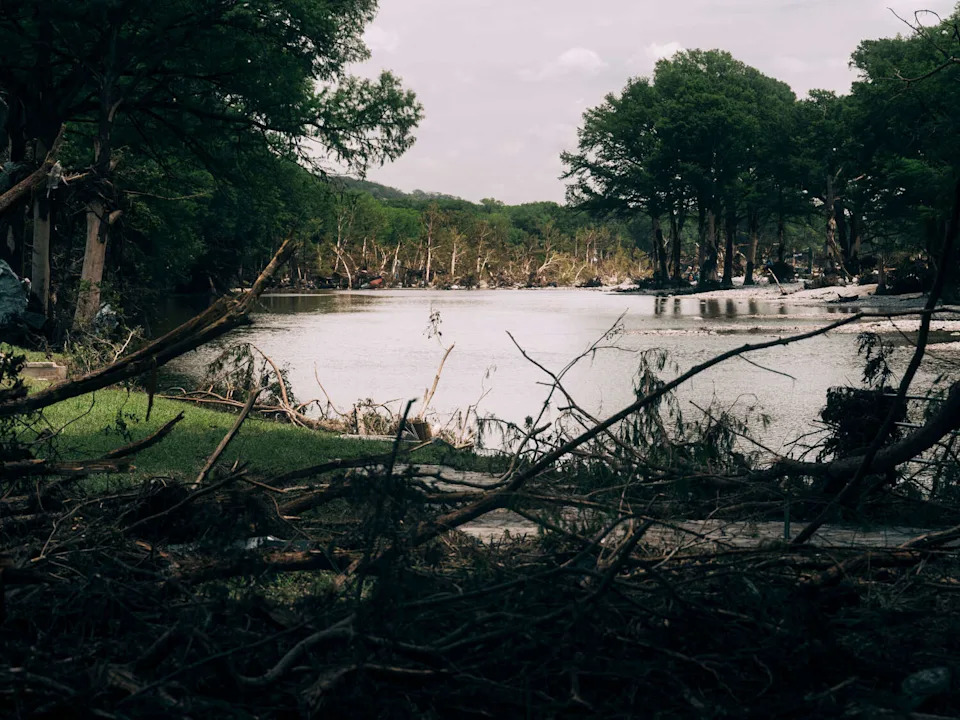
Q: Obviously it is yours, but it's also your family's story. Did you have to navigate that with your family?
A: I did it with their full support. I wrote them when I decided to do it and said this is what I want to do. I said it was going to be a testimony, a letter to Rosemary, and that it would honor Clay's memory and what happened to us, and they were on board.
They trust me and they trust Texas Monthly, and I was gratified when the story published and I was able to send it to them. Everyone was happy and proud with how it turned out, and they understood exactly what I wanted to do.
Q: So then it publishes and there's an enormous response among readers, the community, the nation. What was your reaction to that outpouring of response?
A: Like the flood, it was unexpected and overwhelming. I felt swept up in a current of emotion, but it was good emotion.
I felt a lot of gratitude, and I felt comforted. I was satisfied with the story — I accomplished my mission — but the fact that so many people read it made it even sweeter.
I received emails, letters and comments. Everywhere I went, people brought it up, and I still meet people who say they read the story. It blows my mind. I'm grateful I was able to reach so many people.
The number one thing that I hear from them is that they're so sorry and hope that Alyssa, Lance and the rest of my family find peace. The second thing they say is "thank you." They're grateful and appreciative that I was able to help them understand what happened and describe in detail what it was like to be there.
Q: What do you think it was about the piece that touched people?
A: As a journalist and storyteller, I think a good story has certain elements. This story had them all. It was heartbreaking.
It was harrowing. It was heroic. It was hard to believe. It was heartwarming. Those are the elements of a good human-interest story. But I do think I was able to put faces, names and a personal narrative to an event.
That kind of converts it from just being a news story or a weather report that fades into history into something that really touches people and that they'll remember. I don't know if I tried to do that on purpose, but that seems to be what happened.

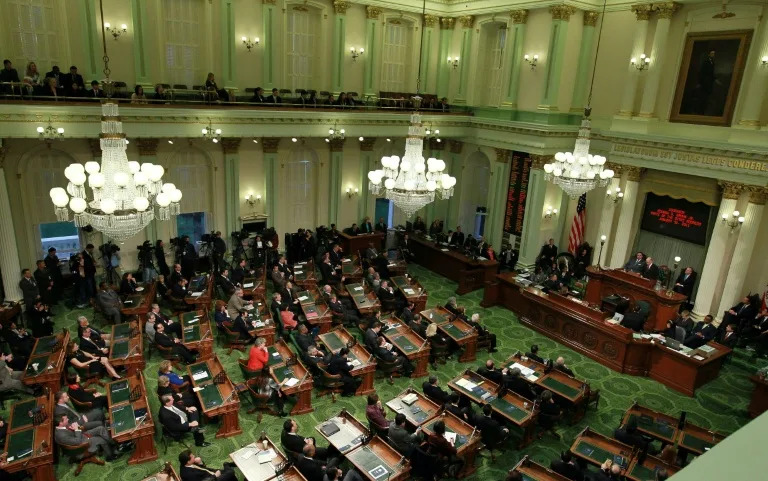
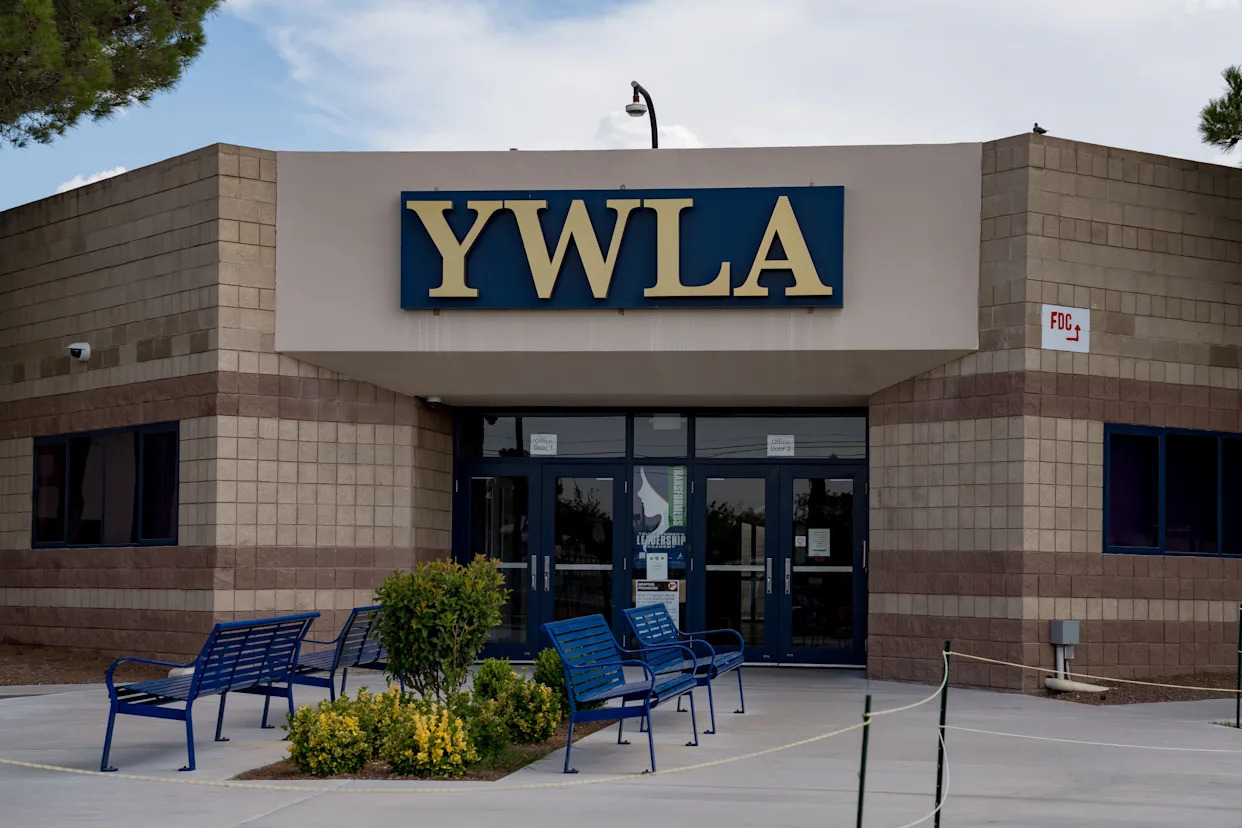



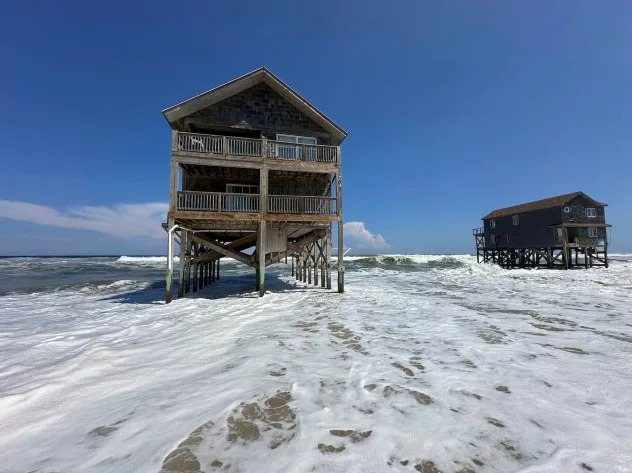
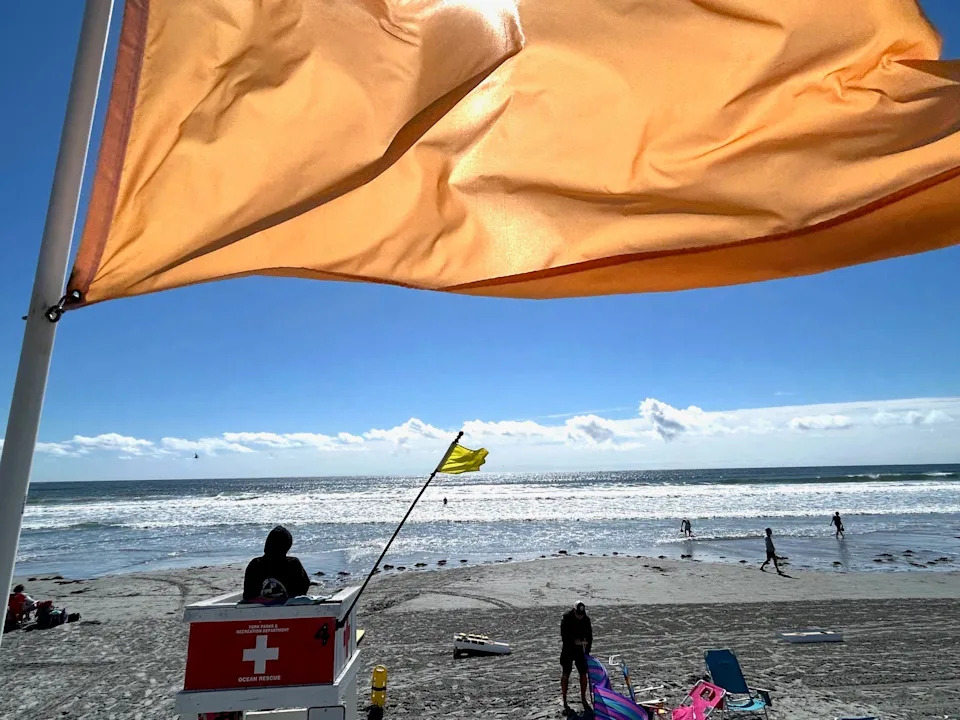
Comments